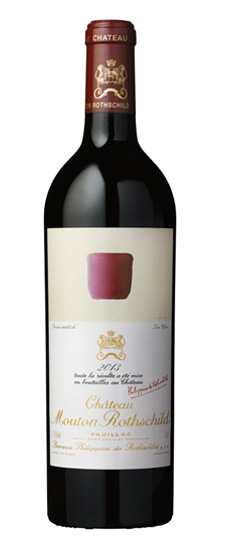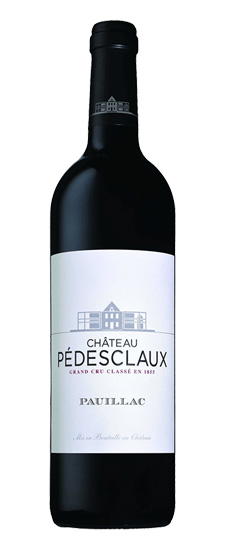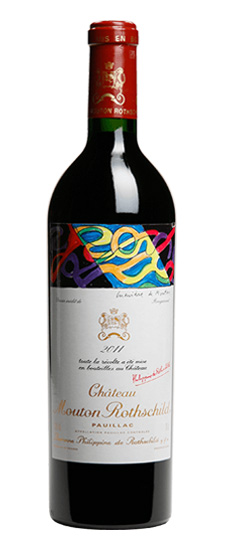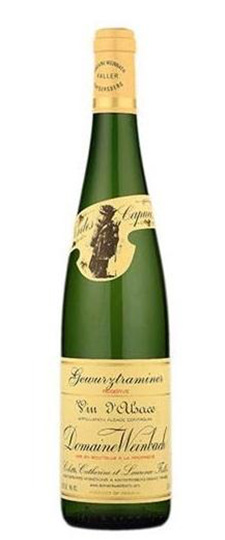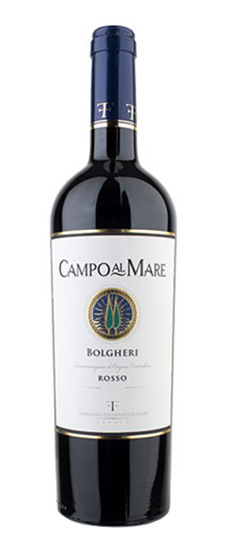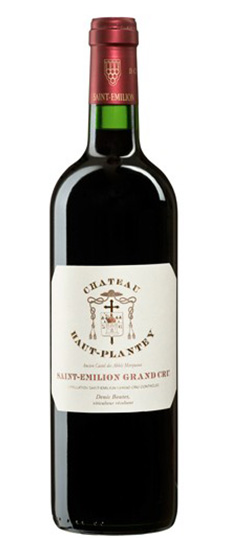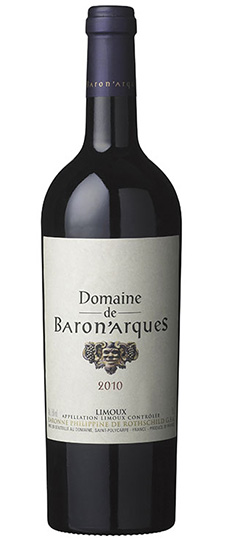Wine Score
96 points James Suckling
This shows lots of opulent aromas of ripe fruit, light toasted oak, walnut and dried meat. It’s full-bodied, with chewy tannins and plenty of fruit. A muscular, solid wine. Baby 1986. Try in 2020.
95 points Wine Spectator
This delivers a gorgeously pure beam of cassis and cherry compote, with singed apple wood, graphite and iron notes hanging in the background for now. Long and polished through the finish, showing serious depth in reserve. Best from 2018 through 2035.
95 points Wine Enthusiast
There is a lightness about this vintage of Mouton Rothschild. It doesn’t take away from its quality but does give the wine poise and an attractive lift. The wine is based on solid tannins, then the ripe fruit builds layers of fruitiness and freshness. It is not likely to be one of the longest-aging Moutons, but it will be delicious. Drink from 2020.
92 points Robert Parker’s Wine Advocate
Tasted at the Mouton-Rothschild vertical in London, the 2011 Mouton-Rothschild is probably the “weakest” of the releases between 2008 and 2012, although that would be unfairly disparaging what is a perfectly respectable, if rather unexciting Mouton. Here, it has those graphite and cedar aromas present and correct, the former a little more accentuated and with a light sea-spray note emerging with time. The palate is well balanced with cedar and a slight peat-like note infusing the black fruit, rigid in its youth but nicely delineated. As I discerned out of barrel, what it lacks is that peacock’s tail on the finish, bolting out of the exit door before you have really got to know each other. Tasted April 2016.
Grape Variety
Cabernet Sauvignon and Blends
Cabernet Sauvignon and Blends – Cabernet Sauvignon has come a long way from its role as a blending varietal, however dominant, in the wines of Bordeaux. Today it is the most planted red varietal in the world. Identified as a descendent of Cabernet Franc and Sauvignon Blanc, the late-ripening Cabernet Sauvignon needs to be planted in warmer climates to fully ripen. Its small berries can easily be identified for their distinctive blue color, thick skins and high tannins. And while the varietal has its own definitive characteristics: green pepper-like aromas and black currant flavors among them, it is perhaps most prized for its ability to convey terroir, vintage and winemaking. A relatively new varietal, Cabernet Sauvignon started making inroads into the wines of the Médoc and Graves in the late-18th century. Today it is also dominant in the up-and-coming Entre-Deux-Mers region of Bordeaux and can also be found in Southwest France. It is the companion varietal to Sangiovese in Italy’s Super Tuscans and is planted all over Europe, stretching to lesser-known winegrowing regions like Russia and Lebanon. In the Americas Cabernet Sauvignon has found champions in every nook and cranny of California and among winemakers in Washington, where it complements plantings of Merlot. In South America, Cab thrives in Chile, but can also be found in smaller amounts in Argentina and even in Mexico.
Pauillac
Pauillac – Pauillac is probably the most famous village in Bordeaux. Located between St. Julien and St. Estephe, it has more of the top ranked chateau than the other four appellations of the Haut Medoc. This area has three of the five premier cru classe wineries: Lafite Rothschild, Latour, and Mouton Rothschild. There are two of the top second-growths (Pichon Lalande and Pichon Baron) as well as several outstanding fourth and fifth-growth chateaux including Lynch Bages. Because of the gravely soils and great drainage, Pauillac has the ideal conditions to grow great Cabernet Sauvignon. The wines from this village are some of the longest-lived in Bordeaux.

